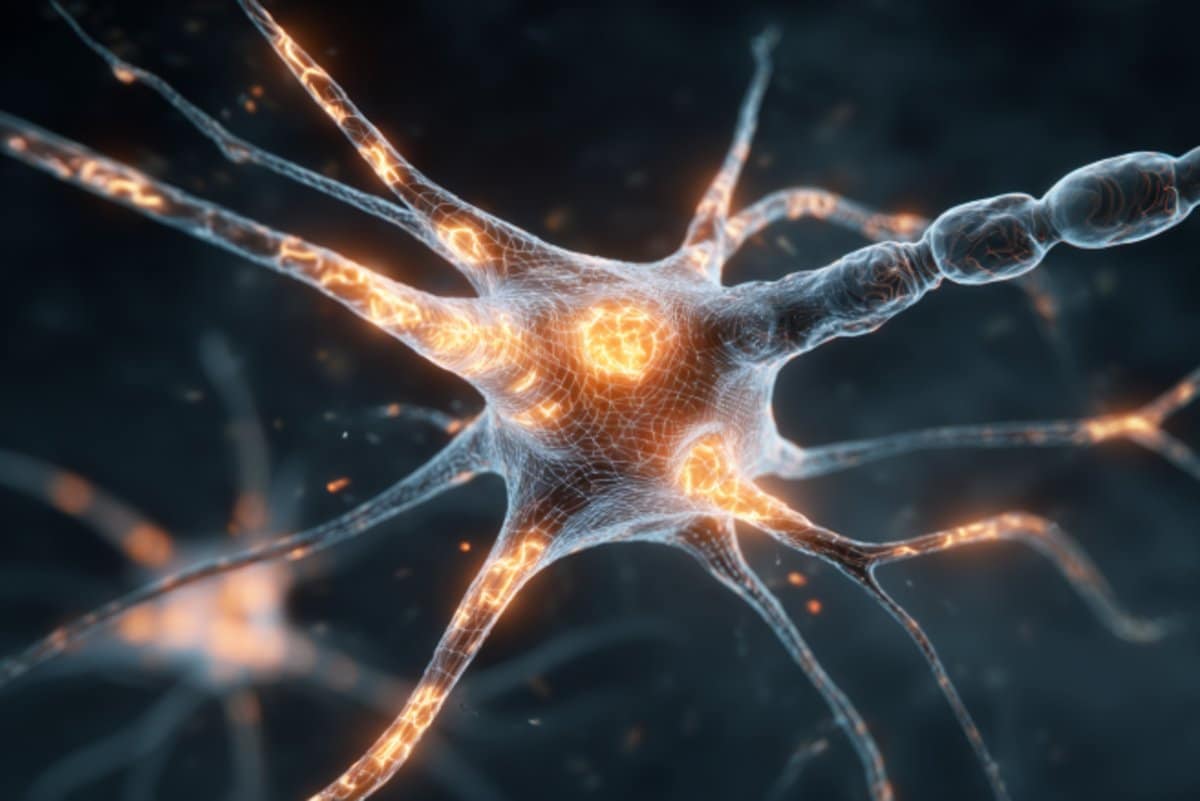Researchers used supramolecular nanoparticles to repair the brain’s vascular system and reverse Alzheimer’s in mice. Instead of carrying drugs, the nanoparticles themselves triggered natural clearance of amyloid-β proteins. This restored blood-brain barrier function and reversed memory loss. The results point to a revolutionary new path for treating neurodegenerative diseases.
Category: neuroscience – Page 6

Detailed brain growth atlas in mice offers insights into brain development
Brain growth and maturation doesn’t progress in a linear, stepwise fashion. Instead, it’s a dynamic, choreographed sequence that shifts in response to genetics and external stimuli like sight and sound. This is the first high-resolution growth chart to explain changes of key brain cell types in the developing mouse brain, led by a team at Penn State College of Medicine and the Allen Institute for Brain Science.
Using advanced imaging techniques, the researchers constructed a series of 3D atlases that are like time-lapsed maps of the brain during its first two weeks after birth, offering an unparalleled look at a critical period of brain development. It’s a powerful tool to understand healthy brain development and neurodevelopmental disorders, the researchers explained.
The study, published in Nature Communications, also detailed how regions of the brain change in volume and explained the shift in density of key cell types within them.
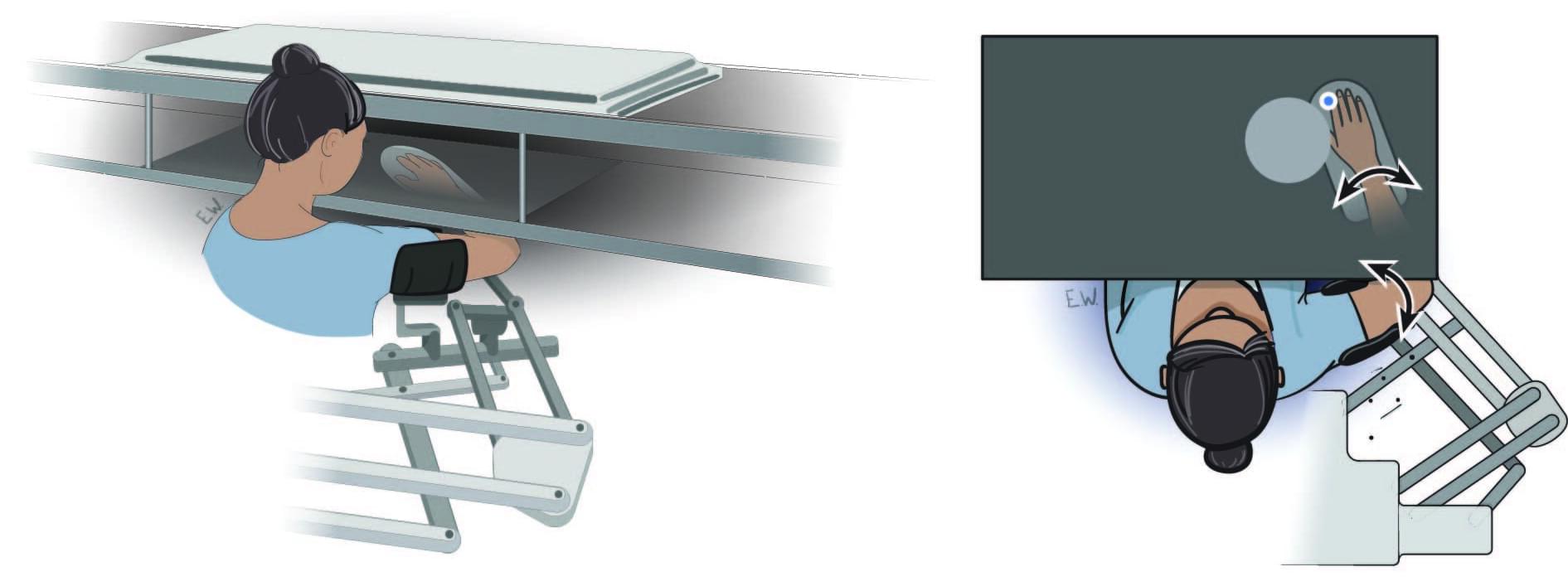
Sensory expectations configure neural responses before disturbances occur, study reveals
A study led by Jonathan Michaels, a Faculty of Health professor at York’s School of Kinesiology and Health Science, reveals how the brains of humans and monkeys use sensory expectations to prepare for unexpected disturbances, enabling faster and more accurate motor responses.
Published today in Nature, the study demonstrates that motor circuits across the brain do not passively wait for sensory signals. Instead, they proactively anticipate potential challenges, configuring themselves to respond effectively to disturbances. The research represents a significant leap forward in uncovering the brain’s predictive capabilities and its role in motor control.
This advancement provides a clearer picture of the neural mechanisms underlying movement preparation and response, illustrating how expectation itself enhances precision and stability. The discovery opens new pathways for improving rehabilitation techniques and advancing brain-computer interface technology.
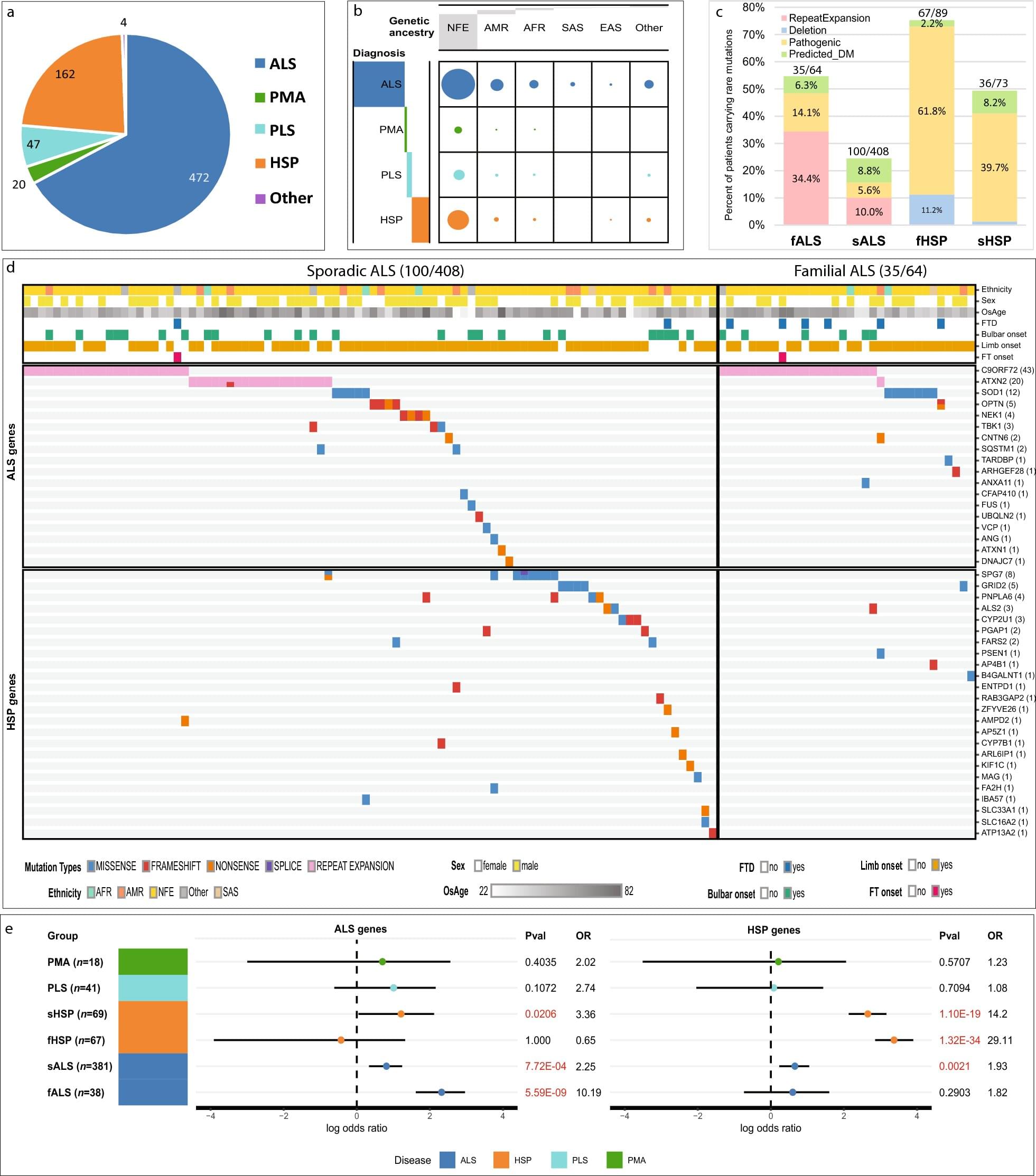
Common genetic causes across motor neuron diseases identified
Motor neuron diseases, such as amyotrophic lateral sclerosis (ALS) and hereditary spastic paraplegia (HSP), share physical similarities but have been largely viewed as genetically distinct. However, an analysis led by investigators from St. Jude Children’s Research Hospital and the University of Miami Miller School of Medicine discovered that there are previously unknown ultrarare gene variants (genetic changes found in extremely few individuals) linked to the diseases, and significant overlap of contributing genes between the diseases among patients without family histories of a motor neuron disease.
This new appreciation of the shared genetic origins of different motor neuron diseases is critical to deciphering the origins of these disorders and ultimately developing meaningful therapeutics. The findings are published in Translational Neurodegeneration.
While both ALS and HSP cause progressive motor dysfunction, the two disorders also have distinct characteristics. Weakness in ALS may begin in the arms, legs, head or neck. HSP, by contrast, begins in the legs. The causative, or “canonical” genes for these diseases are also largely distinct.
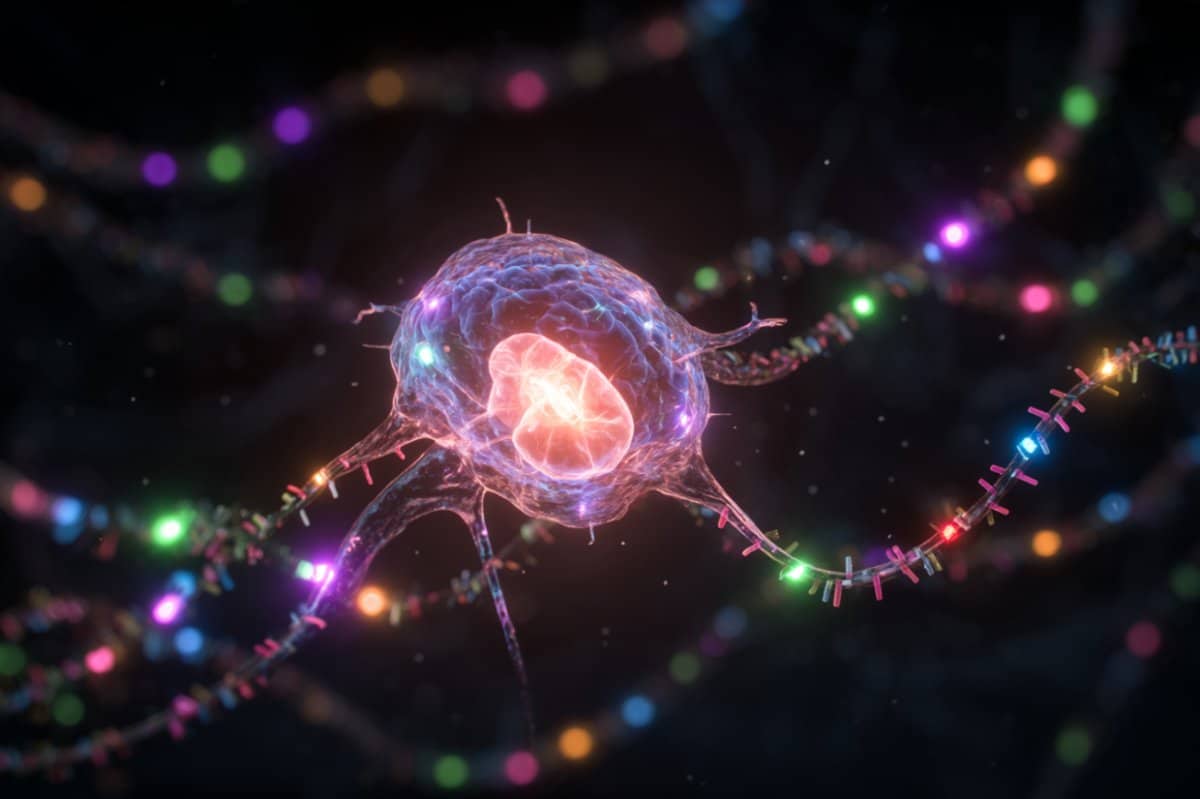
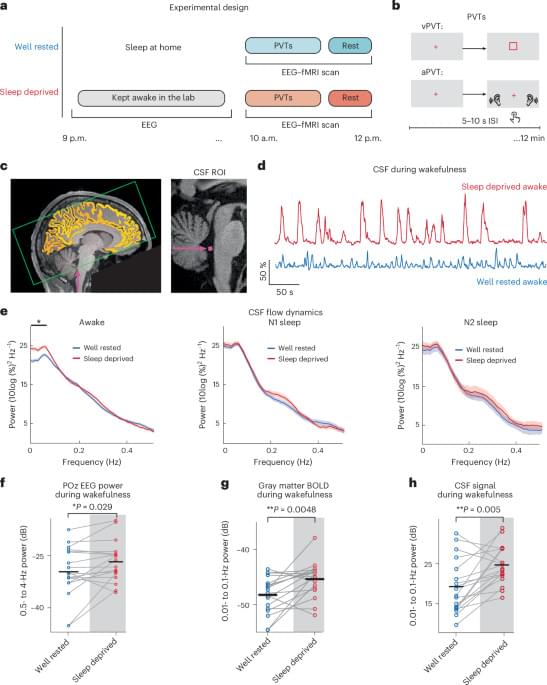
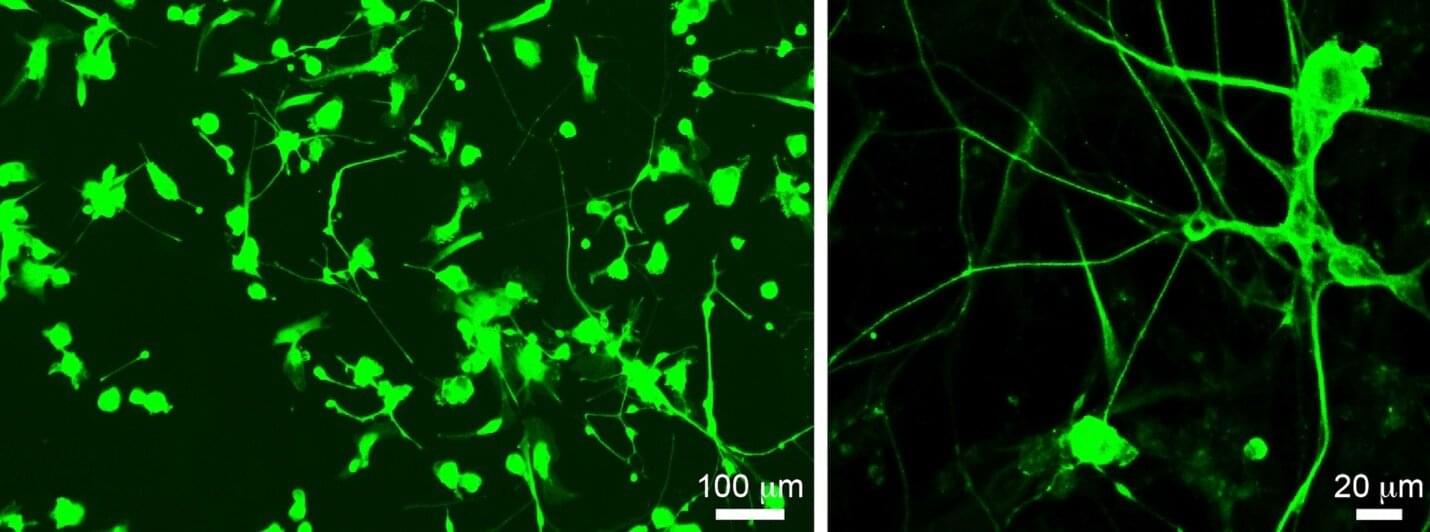
Bioinformatics uncovers regenerative therapy for spinal cord injury
Spinal cord injury (SCI) remains a major unmet medical challenge, often resulting in permanent paralysis and disability with no effective treatments. Now, researchers at University of California San Diego School of Medicine have harnessed bioinformatics to fast-track the discovery of a promising new drug for SCI. The results will also make it easier for researchers around the world to translate their discoveries into treatments. The findings are published in the journal Nature.
One of the reasons SCI results in permanent disability is that the neurons that form our brain and spinal cord cannot effectively regenerate. Encouraging neurons to regenerate with drugs offers a promising possibility for treating these severe injuries.
The researchers found that under specific experimental conditions, some mouse neurons activate a specific pattern of genes related to neuronal growth and regeneration. To translate this fundamental discovery into a treatment, the researchers used data-driven bioinformatics approaches to compare their pattern to a vast database of compounds, looking for drugs that could activate these same genes and trigger neurons to regenerate.
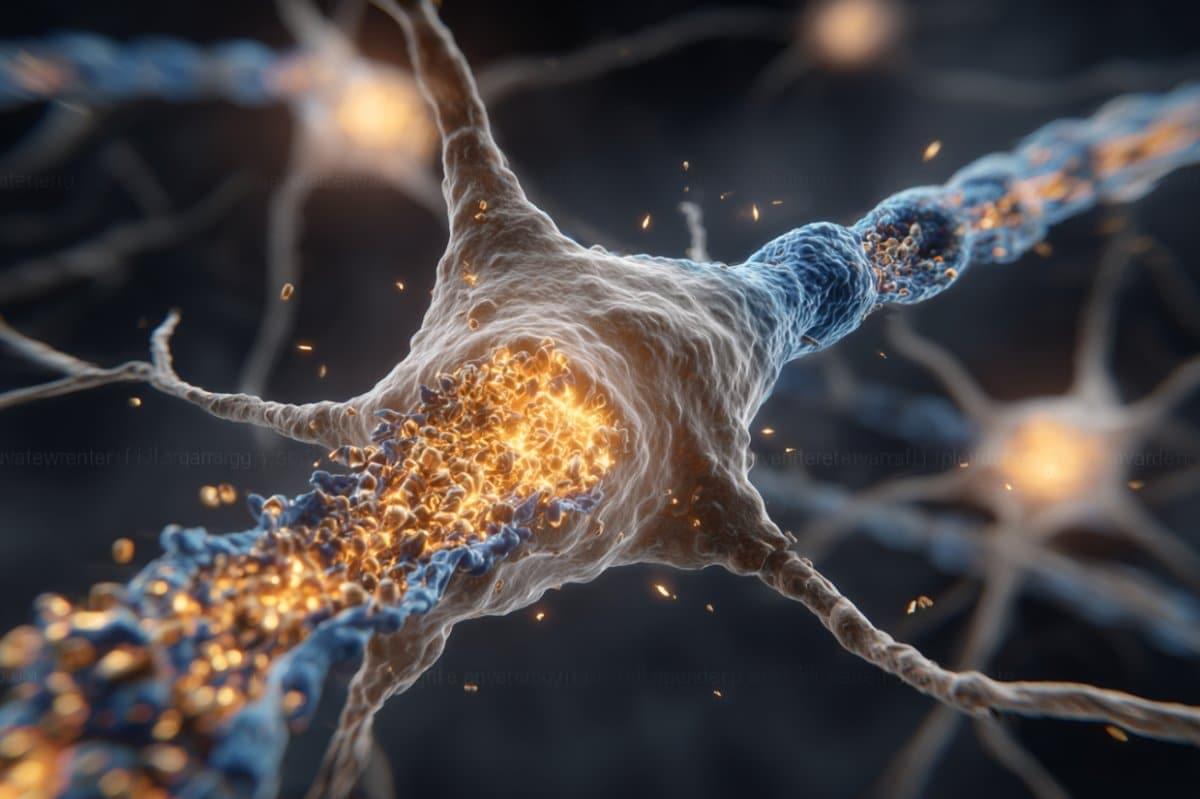
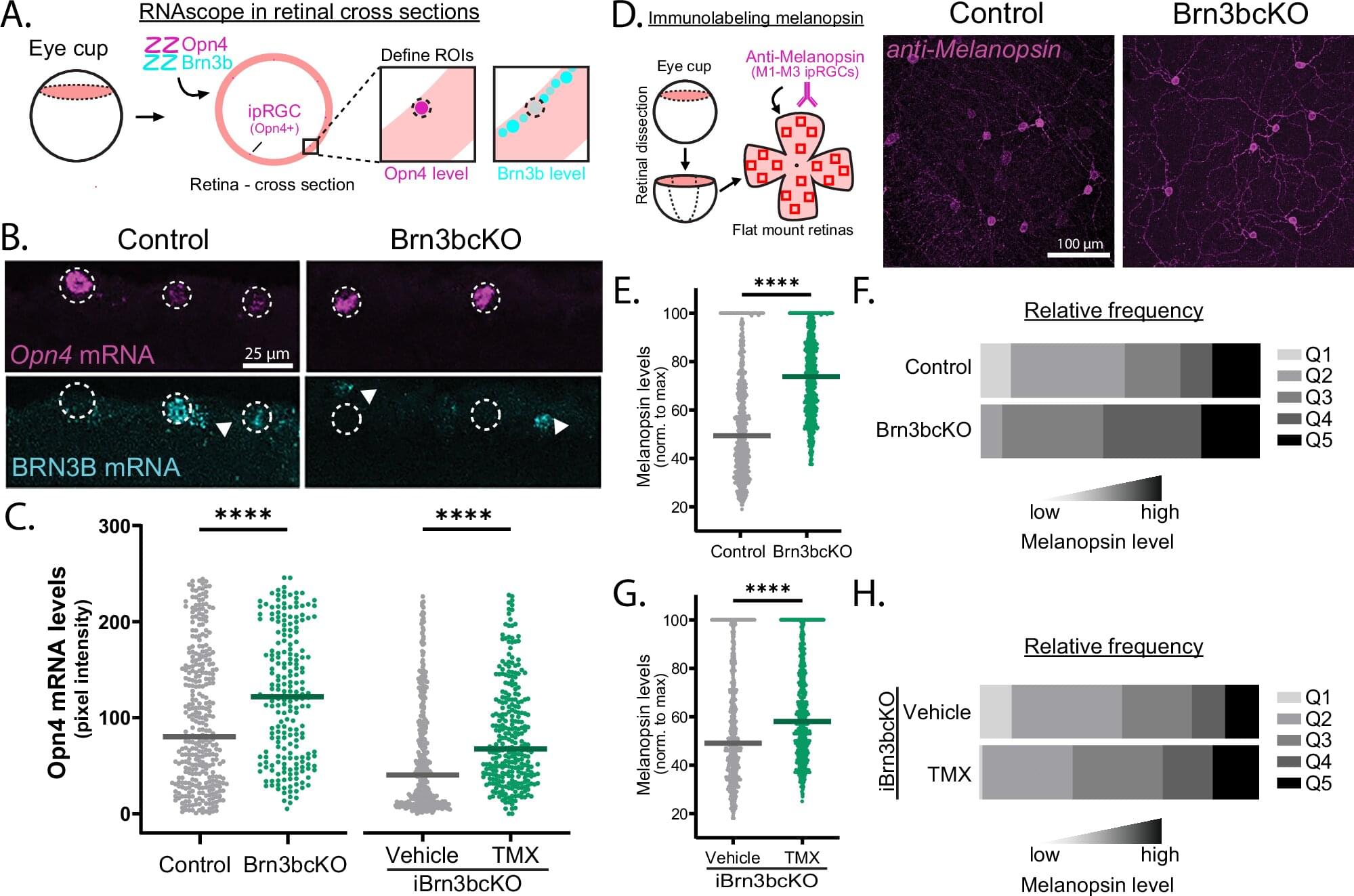
Novel molecular mechanisms shape neuron identity in retinal cells
A recent study led by Tiffany Schmidt, Ph.D., associate professor of Ophthalmology and of Neurobiology in the Weinberg College of Arts and Sciences, has discovered previously unknown cellular mechanisms that shape neuron identity in retinal cells, findings that may improve the understanding of brain circuitry and disease. The study is published in Nature Communications.
Schmidt’s laboratory studies melanopsin-expressing, intrinsically photosensitive retinal ganglion cells (ipRGCs), a type of neuron in the retina that plays a key role in synchronizing the body’s internal clock to the daily light/dark cycle.
There are six subtypes of ipRGCs—M1 to M6—and each expresses a different amount of the protein melanopsin, which makes the ipRGCs directly sensitive to light. However, the mechanisms which give rise to each ipRGCs subtype’s unique structural and functional features have previously remained elusive.
